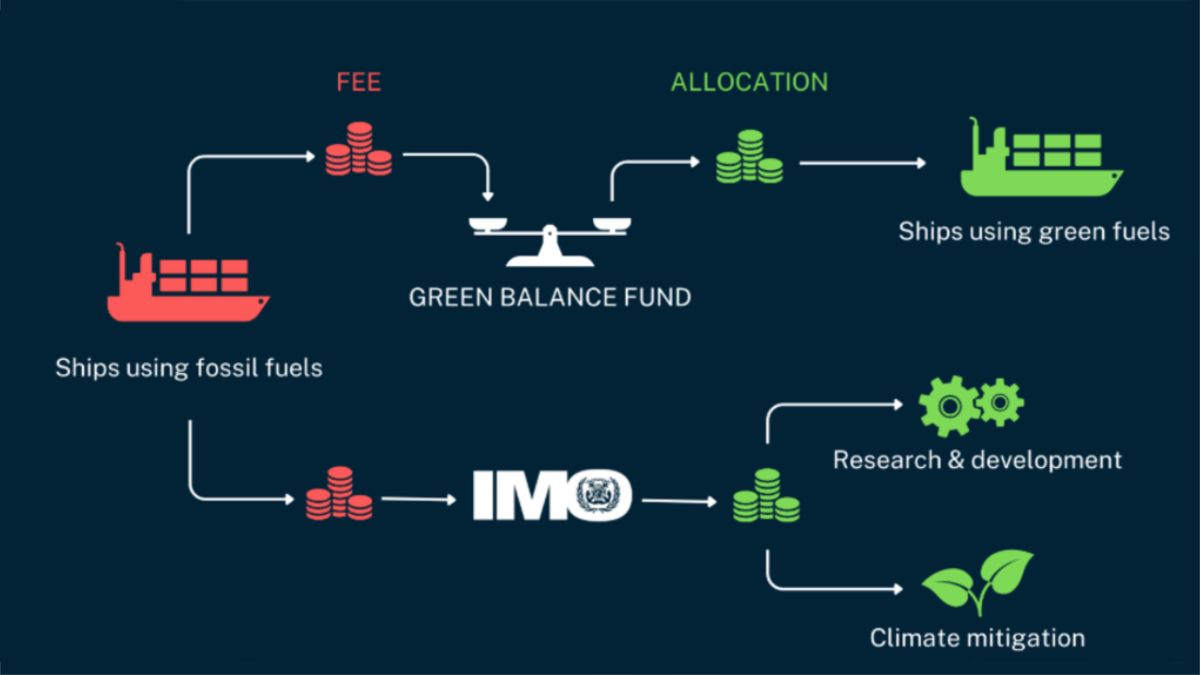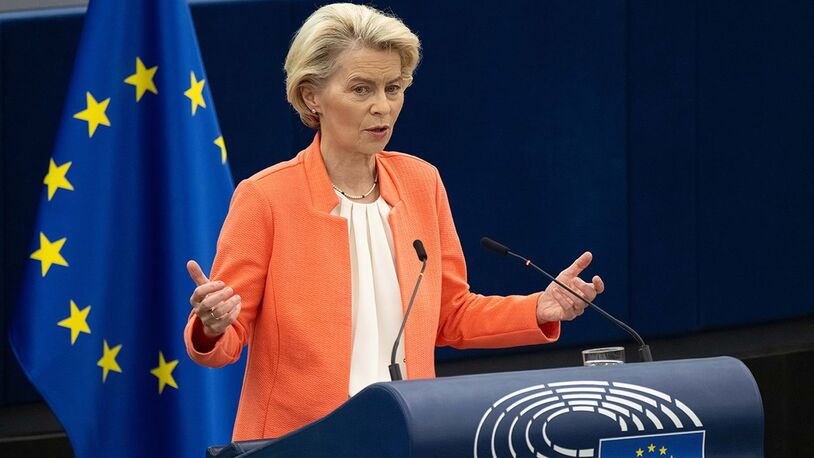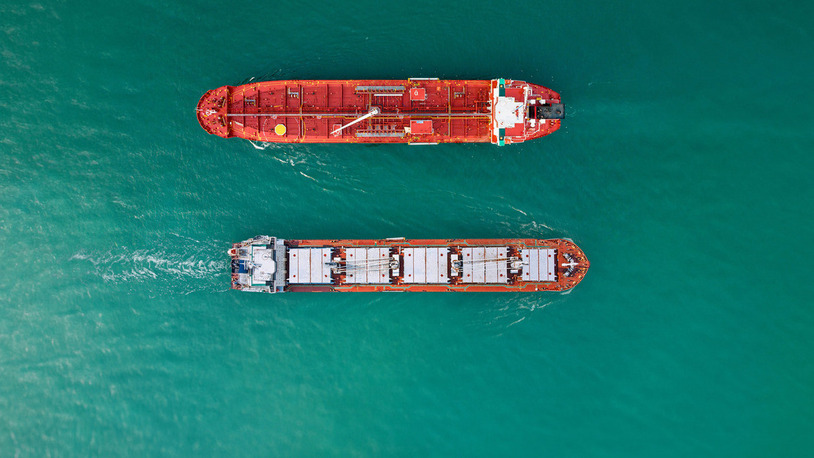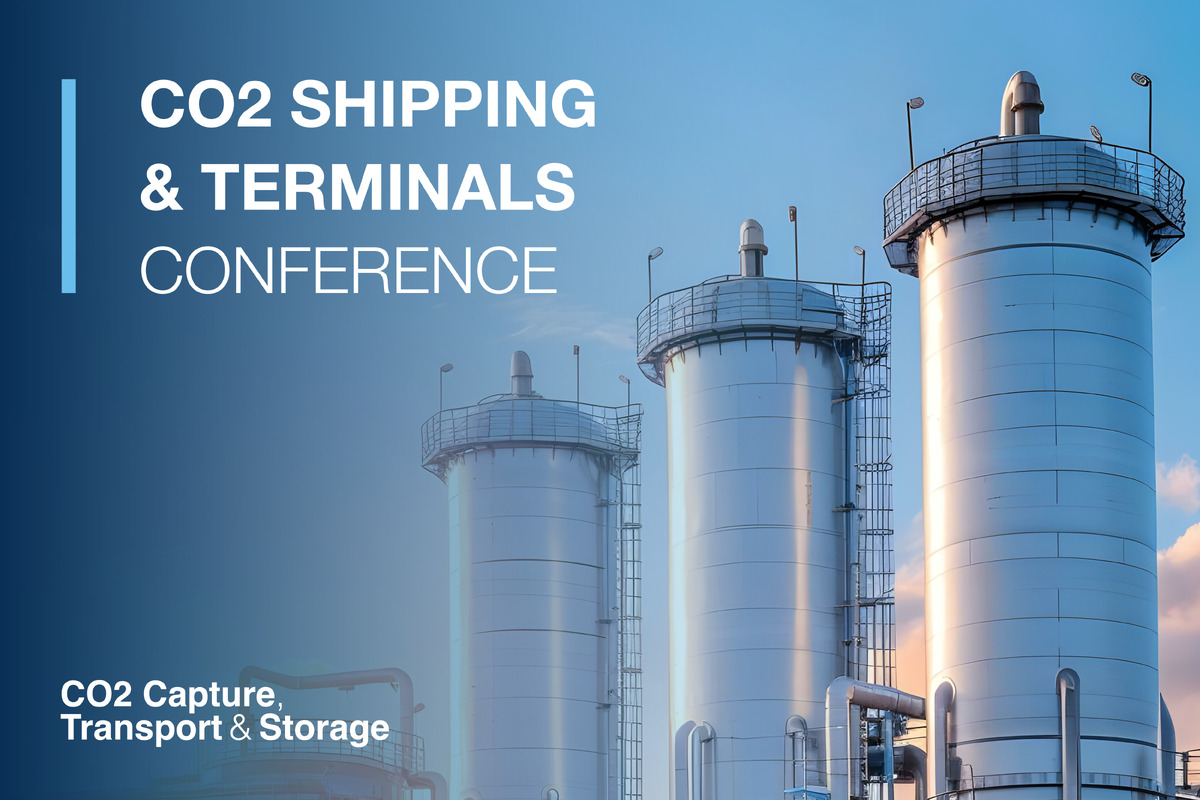Business Sectors
Contents
Register to read more articles.
IMO 2028: a salient step towards shipping’s decarbonisation
VPS Group’s Steve Bee and Emilian Buksak dissect IMO’s new binding Net-Zero Framework for shipping, detailing the implications of its global fuel standard and economic measures
In April, IMO achieved another important step towards establishing a legally binding framework to reduce greenhouse gas (GHG) emissions from ships globally, aiming for net-zero emissions by or around 2050. The IMO Net-Zero Framework is the first in the world to combine mandatory emissions limits and GHG pricing across an entire industry sector.
Approved by the Marine Environment Protection Committee during its 83rd session (MEPC 83), the measures include a new fuel standard for ships and a global pricing mechanism for emissions.
These measures, set to be formally adopted in October 2025 before entry into force in 2027, will become mandatory for large oceangoing ships over 5,000 gt, which emit 85% of the total CO2 emissions from international shipping. This Net-Zero Framework will be included in a new Chapter 5 of Marpol Annex VI.
With an estimated 900 renewable-fuel-ready vessels expected to be sailing by 2030, it is felt necessary to implement global regulation to deliver renewable fuels at a commercially viable price, as ’green fuels’ are three to four times the price of fossil fuels. Such regulations will make it possible for ships to operate on green fuels and incentivise fuel and energy providers to invest in new production capacity.
First, under the draft regulations, ships will be required to comply with a global fuel standard. Ships must reduce, over time, their annual greenhouse gas fuel intensity (GFI) – that is, how much GHG is emitted for each unit of energy used. This is calculated using a well-to-wake (WtW) basis, meaning total emissions are measured from fuel production through to its use on board.
Second, a global economic measure will be implemented. Ships operating above GFI thresholds will need to acquire remedial units to balance their excess emissions, while those using zero or near-zero GHG fuels or technologies will be eligible for financial rewards for their lower emissions profile.
Third, there will be two tiers of compliance. Each ship will have to meet both a Base Target and a Direct Compliance Target for its annual GFI. Vessels that stay under the stricter Direct Compliance Target are eligible to earn surplus units, while those over the thresholds face a compliance deficit that must be remedied.
Fourth, there are requirements for data collection and reporting. Operators must calculate and report their attained annual GFI each calendar year, verifying it against their target annual GFI. This includes rigorous recordkeeping and submission to the IMO GFI Registry, which tracks each vessel’s emissions performance and any remedial or surplus units.
Fifth, requirements are outlined for contributions to the IMO Net-Zero Fund. Ships that exceed their GFI limits are required to make GHG emissions pricing contributions to the new IMO Net-Zero Fund. Collected revenues will be used to reward ships using zero/near-zero fuels, support research and technological innovation in cleaner shipping, and help ensure a just and equitable transition for the maritime sector.
Net-Zero Framework implementation
From 2028 to 2030, ships will be subject to a tiered levy linked to their WtW carbon intensity. Based on a 2008 baseline of 93.3 gCO2eq/MJ (the industry average in 2008), operators will face no charge for fuel emissions at or below approximately 77.44 gCO₂eq/MJ, a moderate levy of US$100/mtCO2eq for emissions between 77.44 and 89.57 gCO2eq/MJ, and a higher rate of US$380/mtCO2eq for emissions exceeding 89.57 gCO2eq/MJ. These thresholds and levies align with the overarching goal of driving down overall carbon intensity by a minimum of 4% by 2028 and 17% for direct compliance targets – with further, more stringent reductions taking effect in subsequent years.
Surplus units
A ship’s carbon intensity below the lower threshold (77.44 gCO2eq/MJ) constitutes ’over-compliance,’ generating surplus units that can be banked or traded. Conversely, exceeding thresholds will require the purchase of remedial units to cover the compliance deficit.
Sustainable fuel certification
Under the new framework, all fuels must carry a Fuel Lifecycle Label, which documents their GHG intensity and other sustainability attributes on a WtW basis. These values must be certified by a recognised Sustainable Fuel Certification Scheme, ensuring accurate, transparent calculations and preventing any misrepresentation of environmental impact.
Zero or near-zero GHG technologies
Recognising the importance of incentivising advanced solutions, the regulation sets specific lifecycle emissions thresholds for what qualifies as a zero or near-zero GHG (ZNZ) fuel or technology: Initial threshold (valid until 31 December 2034): ZNZ fuels must not exceed 19.0 g CO2eq/MJ on a WtW basis. Post-2035 threshold: Starting 1 January 2035, the permissible GHG intensity tightens to no more than 14.0 g CO2eq/MJ.
Ships adopting fuels and technologies below these thresholds can earn financial rewards through the IMO Net-Zero Fund, effectively offsetting some of the initial costs of transitioning away from conventional fossil fuels. By gradually lowering the allowable GHG intensity, the regulation encourages ongoing innovation, investment and broader adoption of advanced, low-emissions solutions across the global fleet.
Green Balance Mechanism
Central to this approach is the Green Balance Mechanism, which integrates closely with the GFI. In essence, it applies a fee on higher-intensity fossil fuels and allocates those proceeds to green fuels, balancing costs across a diverse energy mix. The greater the WtW emission reductions a fuel delivers, the larger the financial allocation it receives – effectively levelling the playing field and stimulating a shift to sustainable alternatives.
Disbursement of revenues
All revenues from levies and remedial unit purchases will be directed to the IMO Net-Zero Fund, which will then distribute the funds to: reward low-emissions ships, support innovation, research, infrastructure, and just-transition initiatives (particularly in developing countries), fund training, technology transfer, and capacity-building aligned with the IMO GHG Strategy, and mitigate impacts on vulnerable states, such as small island developing states and least developed countries.
Editor’s note: This is an abridged version of article, IMO 2028 – A new legislative measure for the decarbonisation of shipping, written by VPS by authors, Steve Bee, VPS Group marketing and strategic projects director and Emilian Buksak, VPS decarbonisation advisor.
Related to this Story
CMB.Tech 'positive' on IMO's new framework, hails ammonia as 'the way forward'
IMO’s net-zero plan poised to pressure ageing fleet with rising costs
Events
Reefer container market outlook: Trade disruption, demand shifts & the role of technology
Asia Maritime & Offshore Webinar Week 2025
Marine Lubricants Webinar Week 2025
CO2 Shipping & Terminals Conference 2025
© 2024 Riviera Maritime Media Ltd.















